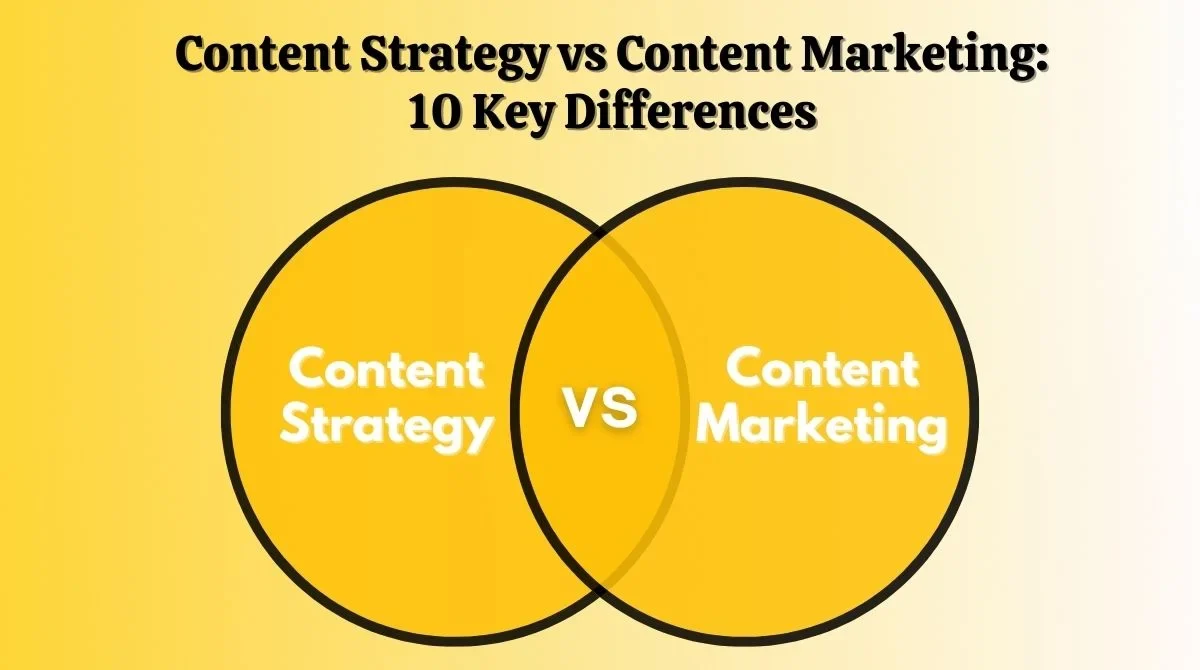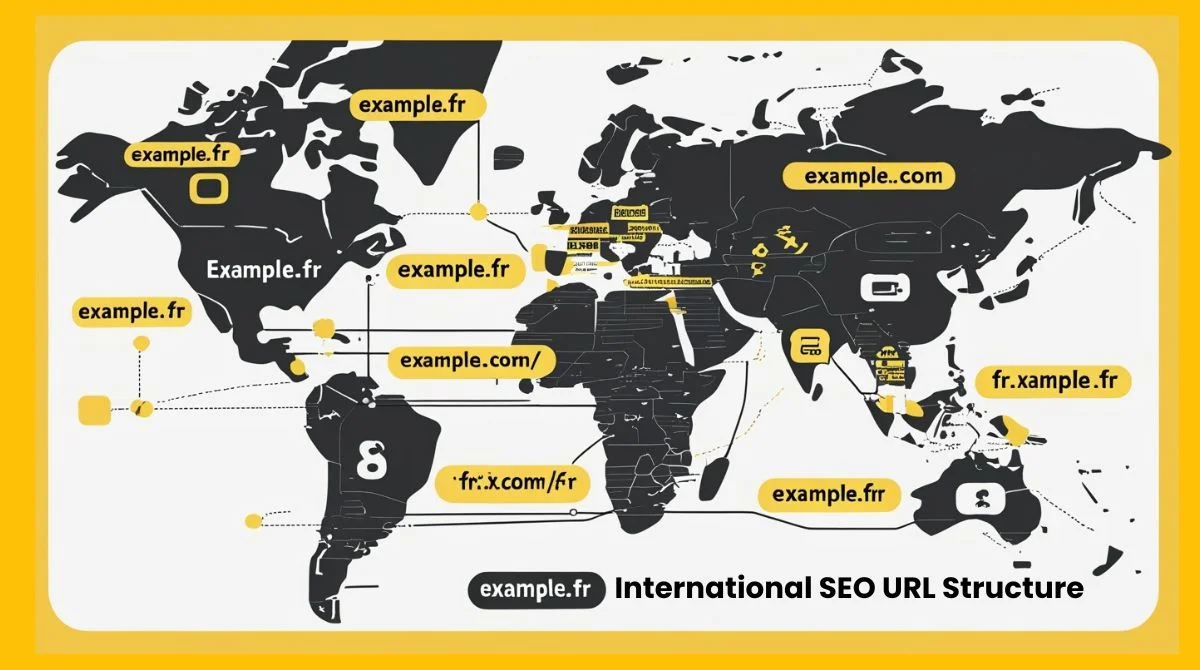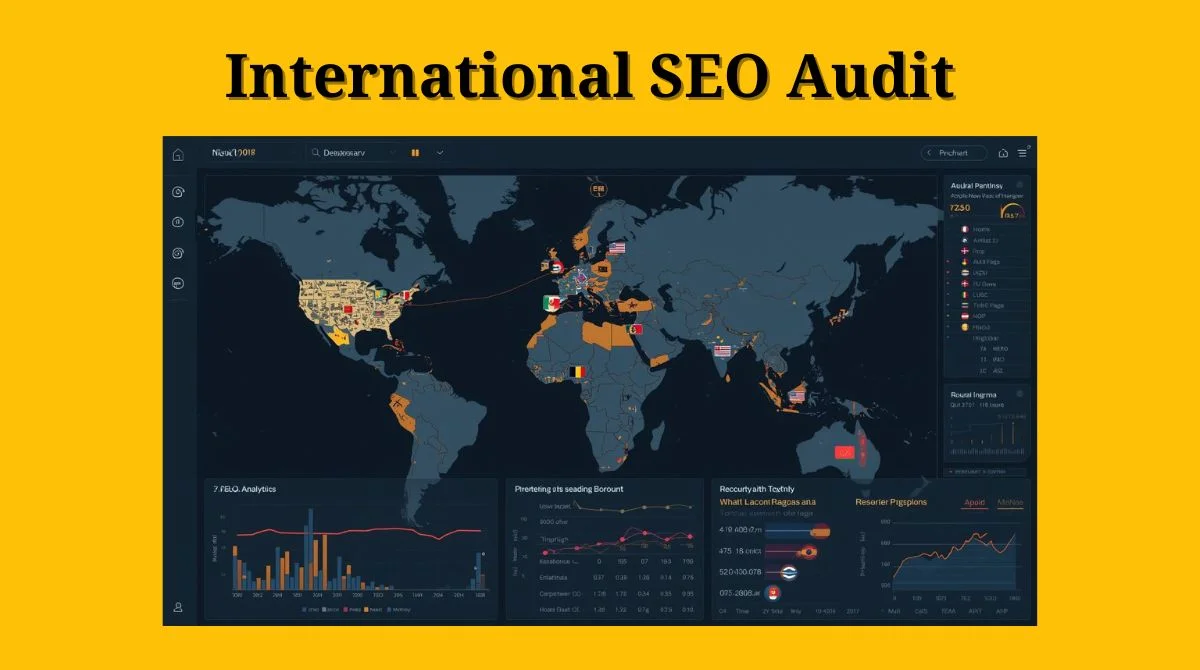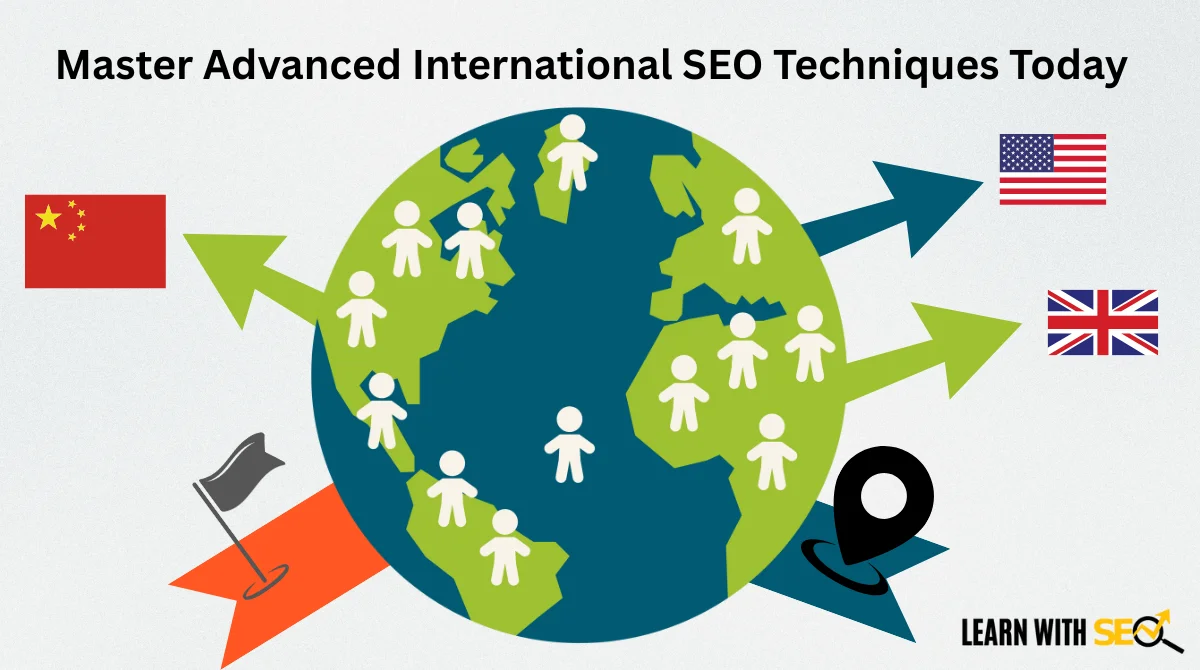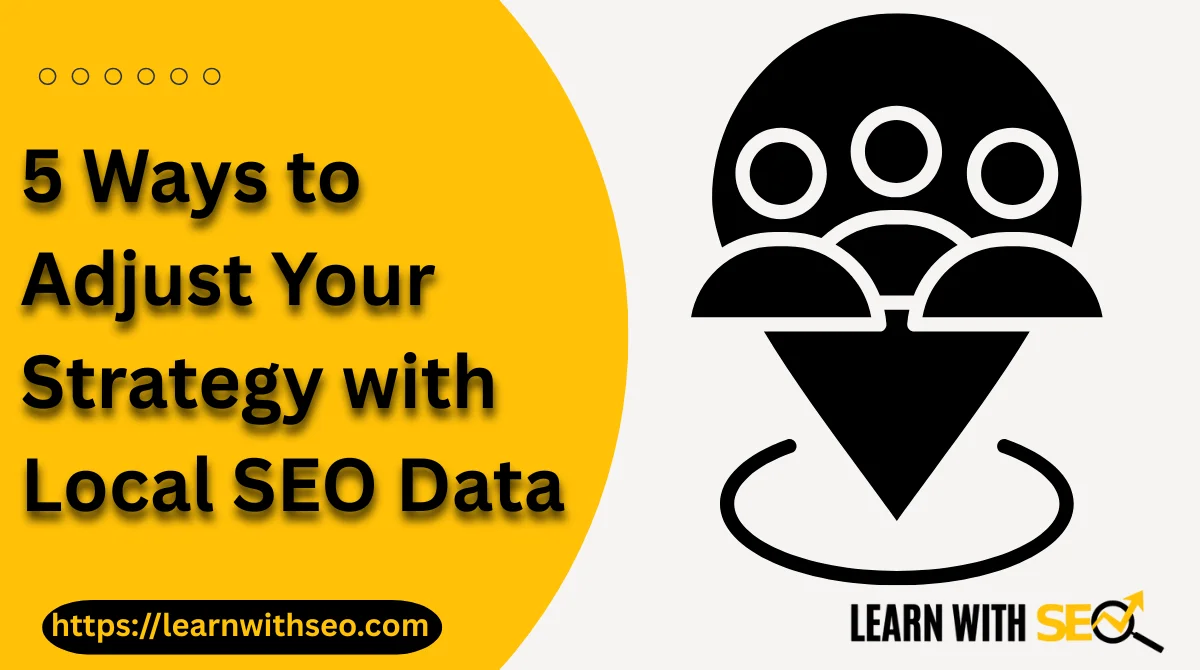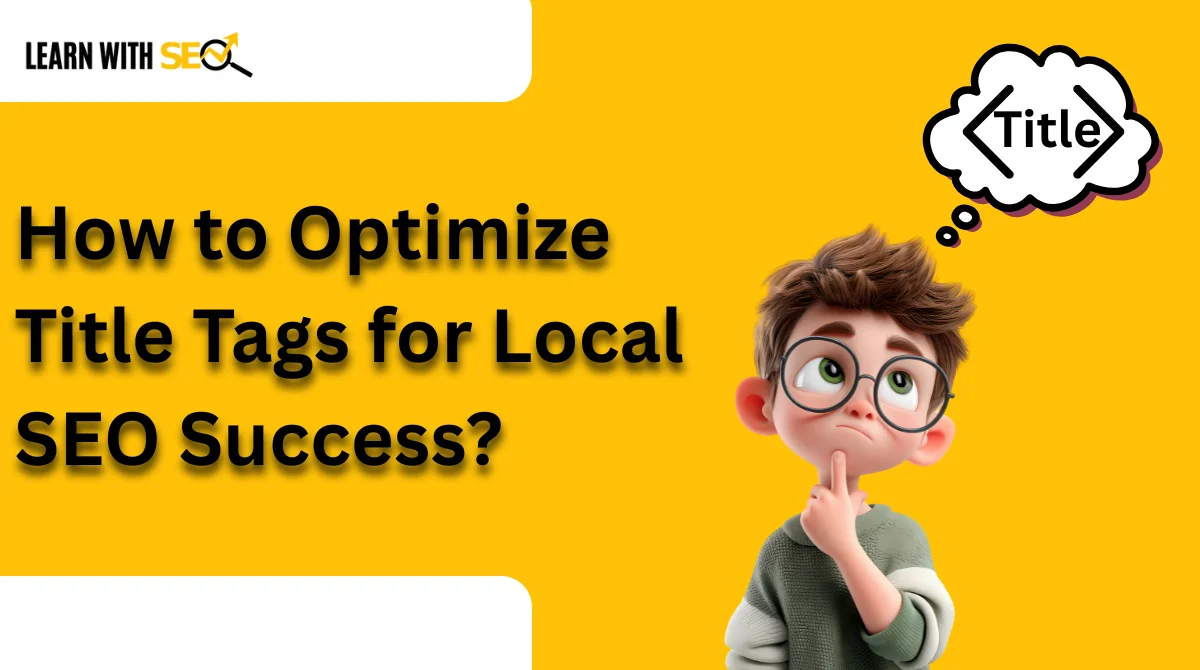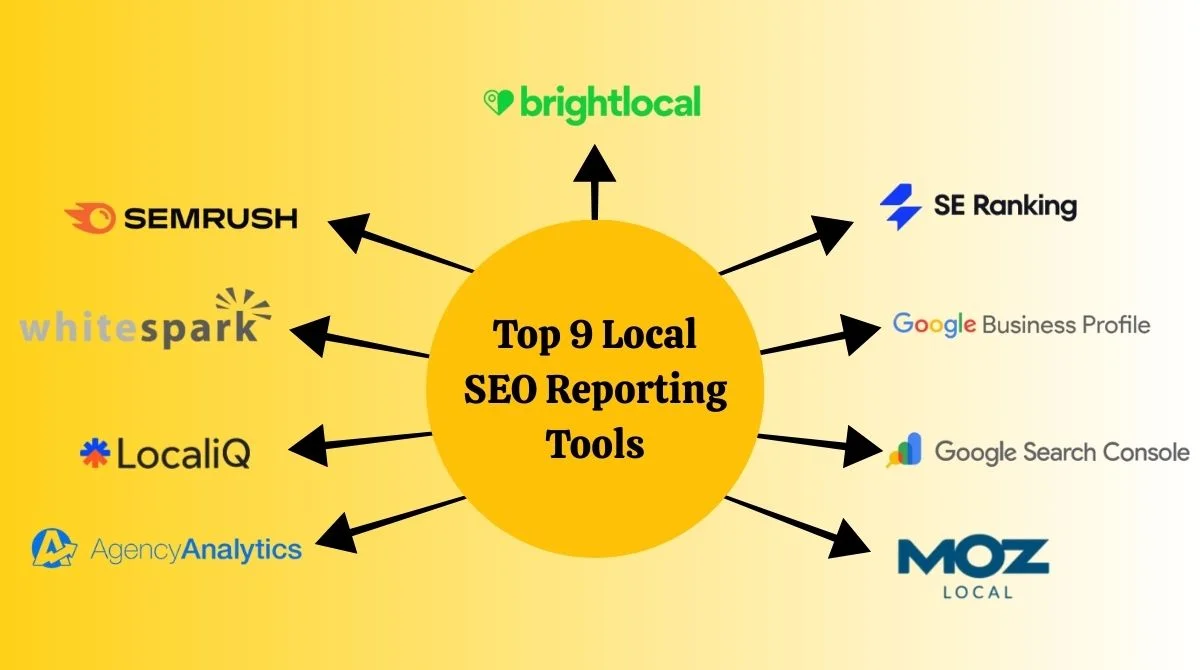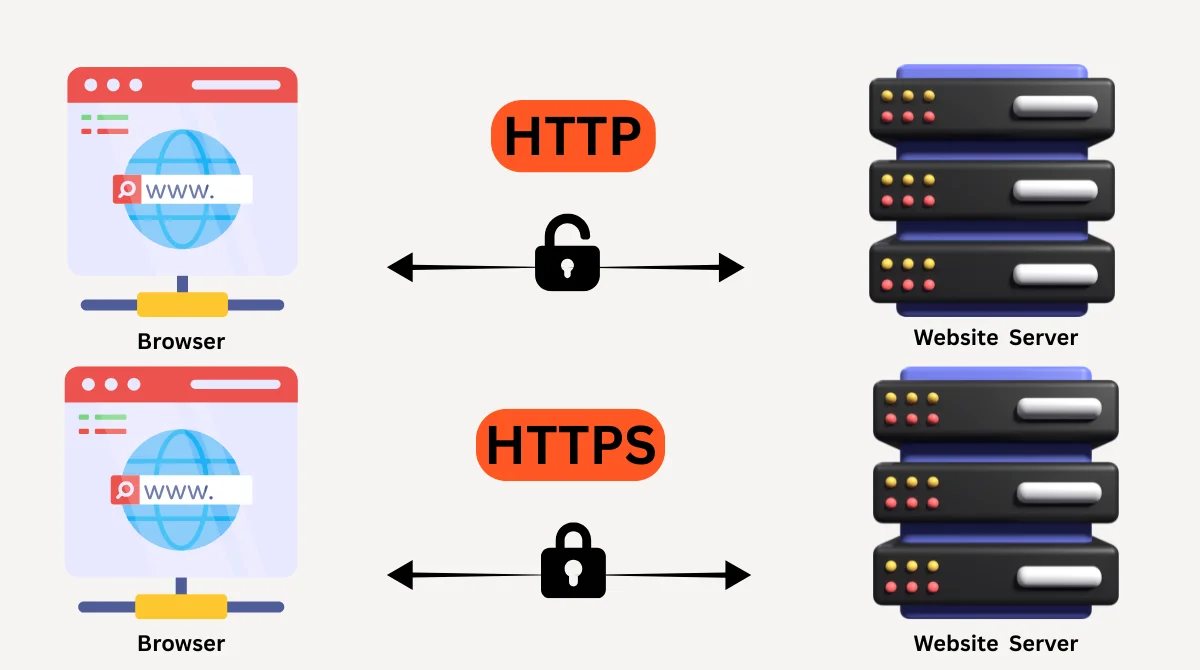- What Is Content Strategy?
- What Is Content Marketing?
- 10 Key Differences Between Content Strategy and Content Marketing
- How Content Strategy and Content Marketing Work Together?
- Why You Need Both in 2025?
- Common Mistakes to Avoid
- Getting Started: Strategy First, Then Marketing
- Content Strategy vs Content Marketing
- Conclusion
Many businesses struggle to understand the difference between content strategy and content marketing. While these terms are often used together, they serve different purposes in your business growth.
Content strategy is the foundation that guides your overall content direction. Content marketing is the action that puts your strategy into practice. Think of content strategy as the blueprint and content marketing as the construction work.
What Is Content Strategy?
Content strategy focuses on planning and managing content as a business asset. It defines what content you need, why you need it, and how it supports your business goals.
A content strategy answers the big picture questions. It looks at your entire organization and determines how content can help achieve long-term objectives. Content strategy involves governance, standards, and guidelines. It ensures all content across your business stays consistent and valuable.
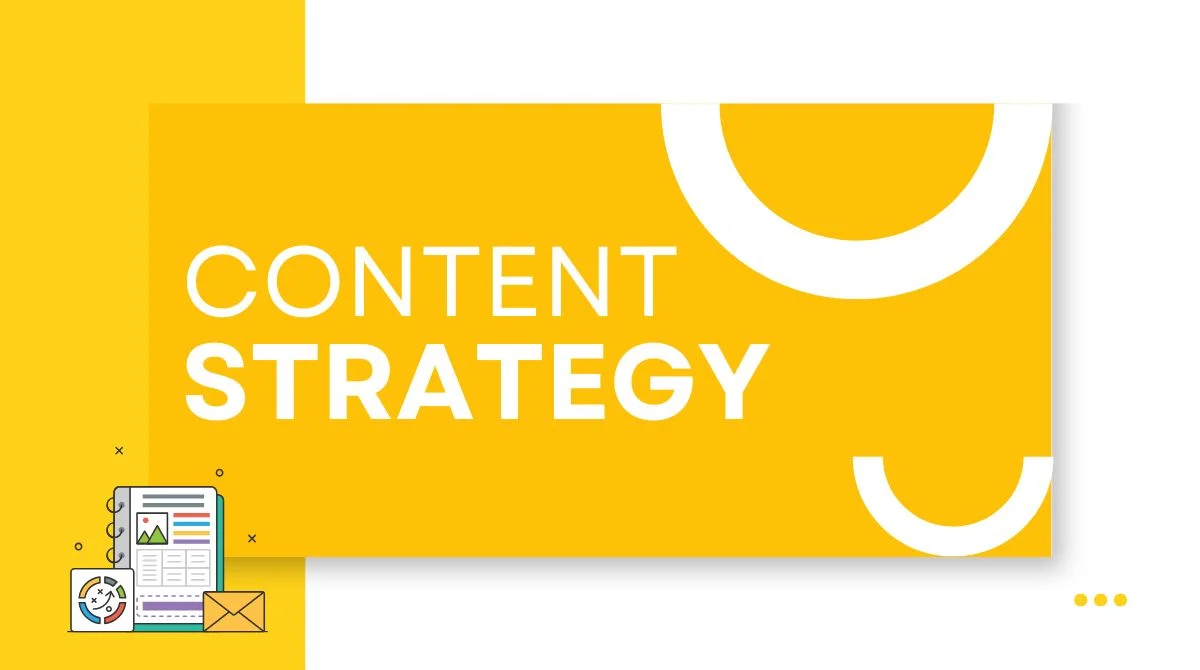
What Is Content Marketing?
Content marketing is about creating and sharing valuable content to attract customers. It applies targeted methods to connect with your audience and deliver business growth.
Content marketing focuses on execution and distribution. It takes your strategy and turns it into blog posts, videos, social media content, and other materials. The goal of content marketing is to build relationships with potential customers. It aims to educate, entertain, or solve problems for your audience.

10 Key Differences Between Content Strategy and Content Marketing
1. Purpose and Scope
- Content Strategy: Provides the overall framework for all content decisions across your organization. It looks at content from a business perspective and ensures everything aligns with company goals.
- Content Marketing: Focuses specifically on marketing goals like lead generation, brand awareness, and customer acquisition. It uses content as a tool to attract and convert prospects.
2. Timeline and Planning
- Content Strategy: Takes a long-term approach, often planning for months or years ahead. It establishes sustainable systems and processes for content creation and management.
- Content Marketing: Works with shorter campaign cycles and tactical timelines. It adapts quickly to market changes and promotional opportunities.
3. Audience Focus
- Content Strategy: Considers all stakeholders, including customers, employees, partners, and internal teams. It ensures content serves everyone who interacts with your business.
- Content Marketing: Primarily targets potential customers and existing clients. It focuses on buyer personas and customer journey stages.
4. Content Types
- Content Strategy: Covers all content, including internal documents, product information, customer service materials, and marketing content. It ensures consistency across every touchpoint.
- Content Marketing: Concentrates on promotional and educational content like blog posts, videos, ebooks, and social media posts. It creates content designed to attract and engage prospects.
5. Measurement Metrics
- Content Strategy: Measures content effectiveness, user satisfaction, content ROI, and operational efficiency. It tracks how well content supports overall business objectives.
- Content Marketing: Focuses on marketing metrics like traffic, leads, conversions, and sales attribution. It measures how content contributes to revenue generation.
6. Team Structure
- Content Strategy: Often involves content strategists, information architects, and content governance teams. These roles focus on planning and standardization.
- Content Marketing: Includes content creators, marketers, designers, and distribution specialists. These teams focus on production and promotion.
7. Budget Allocation
- Content Strategy: Invests in systems, tools, training, and processes that improve content quality and efficiency. It focuses on infrastructure and long-term value.
- Content Marketing: Spends money on content creation, advertising, influencer partnerships, and promotional activities. It prioritizes immediate marketing impact.
8. Content Governance
- Content Strategy: Establishes rules, standards, and approval processes for all content. It ensures quality control and brand consistency across every piece of content.
- Content Marketing: Follows established guidelines while focusing on campaign execution and performance optimization. It works within the framework set by content strategy.
9. Technology and Tools
- Content Strategy: Uses content management systems, workflow tools, and governance platforms. It focuses on tools that help organize and manage content effectively.
- Content Marketing: Leverages marketing automation, analytics tools, and distribution platforms. It uses technology to create, publish, and measure marketing content.
10. Success Criteria
- Content Strategy: Success means having efficient content processes, a consistent brand voice, and content that serves all business needs effectively.
- Content Marketing: Success is measured by marketing outcomes like increased brand awareness, higher conversion rates, and revenue growth from content efforts.
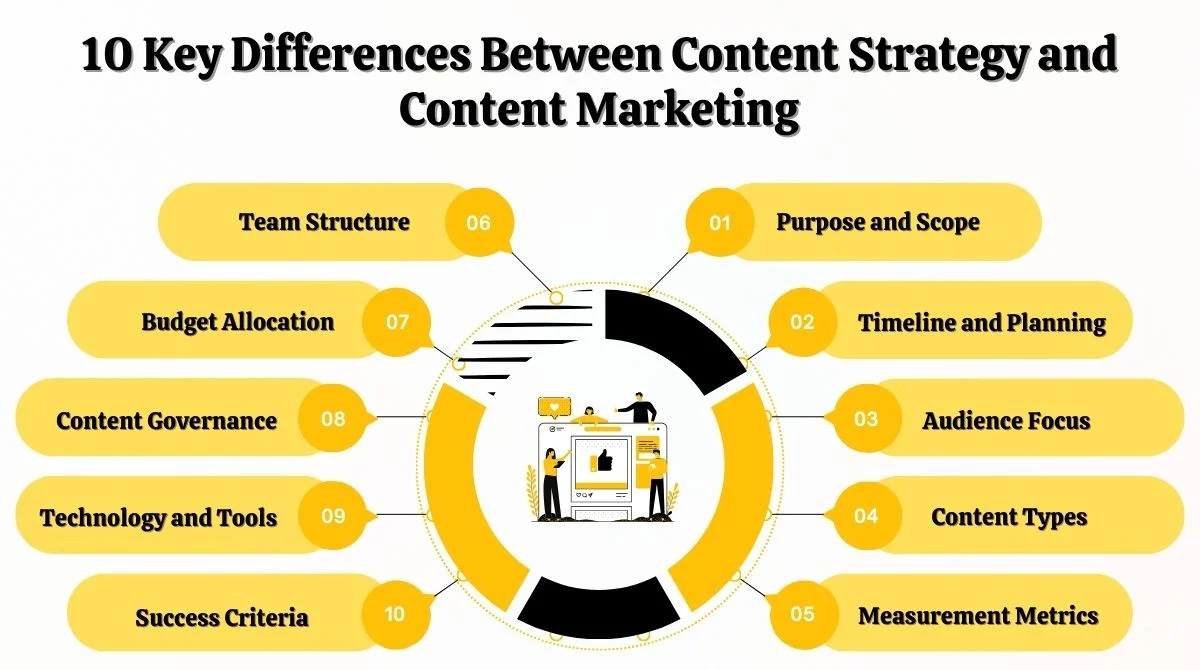
How Content Strategy and Content Marketing Work Together?
Content strategy and content marketing are not competing approaches. Together, they create a perfect balance and strengthen each other.
Content strategy sets the foundation and guidelines, while content marketing executes those strategies by creating and distributing content that aligns with the defined goals. Without a strategy, marketing efforts lack direction and consistency.
Content strategy seeks to document the role content will play in your business goals, giving content marketing efforts direction, cohesion, and meaning. This partnership ensures your marketing efforts support broader business objectives.
Why You Need Both in 2025?
The digital landscape continues evolving rapidly. Marketing in 2025 calls for adaptability, fresh ideas, and putting the customer at the center. Having both strategy and marketing ensures you can adapt while maintaining consistency.
For marketers and brands moving into 2025, assembling the right content team is a key priority. Teams need both strategic thinking and execution skills to succeed.
Modern businesses face content challenges that require both planning and action. Strategy helps you make smart decisions about what content to create. Marketing helps you execute those decisions effectively.
Common Mistakes to Avoid
Many businesses make the mistake of focusing only on content marketing without developing a content strategy. This leads to inconsistent messaging and wasted resources.
Others spend too much time on strategy without enough focus on execution. Both planning and action are necessary for success. Strategy provides the guidelines, while marketing ensures everything is executed properly, creating a smooth workflow that keeps things consistent and saves resources.
Getting Started: Strategy First, Then Marketing
Start by developing your content strategy. Define your business goals, audience needs, and content standards. Create governance processes and establish your brand voice.
Once your strategy is in place, build your content marketing program. Create content calendars, develop promotional campaigns, and set up measurement systems.
Both marketing and strategy demand ongoing care. By reviewing and updating regularly, you ensure your content remains impactful and supports business needs.
Content Strategy vs Content Marketing
| Aspect | Content Strategy | Content Marketing |
| 1. Purpose and Scope | Provides an overall framework for all content decisions, aligning with business goals. | Focuses on marketing goals like lead generation, brand awareness, and customer acquisition. |
| 2. Timeline and Planning | Long-term, often months or years; builds sustainable processes. | Shorter campaign cycles; adapts quickly to opportunities. |
| 3. Audience Focus | Considers all stakeholders (customers, employees, partners, internal teams). | Primarily targets prospects and existing customers. |
| 4. Content Types | Includes all content (internal documents, product info, customer service, marketing). | Focuses on promotional and educational content (blogs, videos, social posts). |
| 5. Measurement Metrics | Tracks content ROI, user satisfaction, and alignment with business objectives. | Measures traffic, leads, conversions, and sales impact. |
| 6. Team Structure | Involves strategists, governance teams, and information architects. | Involves content creators, marketers, designers, and distribution specialists. |
| 7. Budget Allocation | Invests in infrastructure, systems, and long-term efficiency. | Spends on creation, promotion, ads, and influencer partnerships. |
| 8. Content Governance | Sets standards, rules, and approval processes for consistency. | Executes campaigns within the established guidelines. |
| 9. Technology and Tools | Uses CMS, workflow, and governance platforms. | Uses automation, analytics, and distribution platforms. |
| 10. Success Criteria | Success = efficient processes, consistent voice, and alignment with business goals. | Success = brand awareness, conversions, and revenue growth. |
Conclusion
Content strategy and content marketing serve different but complementary purposes. Strategy provides direction and standards while marketing drives execution and results. Successful businesses invest in both areas. They use content strategy to create a solid foundation and content marketing to build meaningful relationships with customers. Understanding these differences helps you allocate resources effectively and build a content program that supports your business goals. Whether you’re just starting or improving existing efforts, both strategy and marketing play essential roles in your success.

